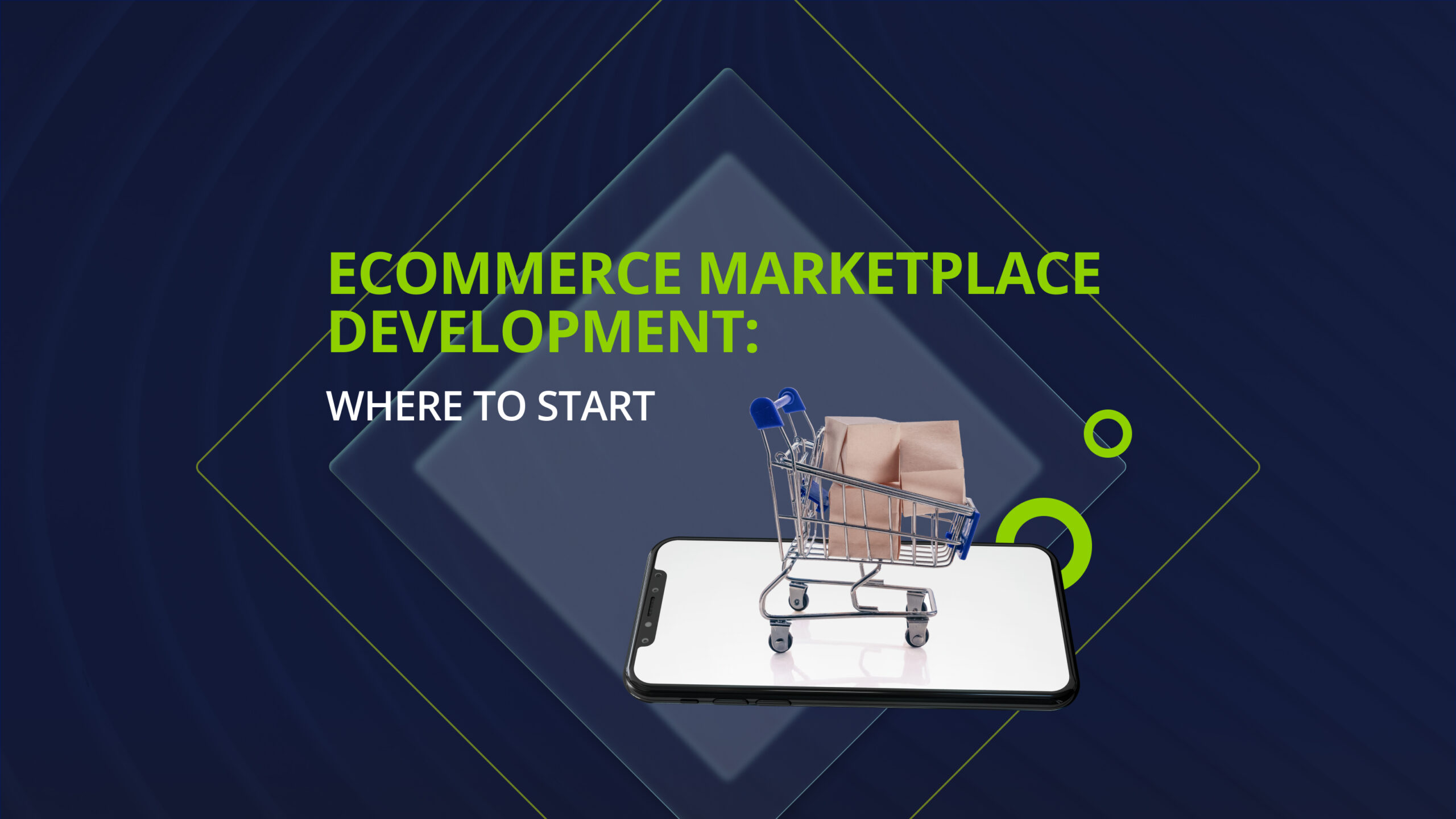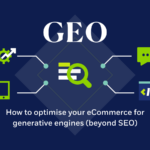Ecommerce marketplace development: where to start
29 Jun, 2023 / 5 MIN read
Introduction
This guide was created for ecommerce business leaders – entrepreneurs, CEOs, ecommerce managers, and technology decision-makers who are looking to kick start their journey of running a marketplace.
While creating a marketplace may seem like a complex task, especially when you do not know where to start, with the right technology and strategies it leans on, it will open another array of opportunities and growth for your business.
According to research made by Mirakl, enterprise-level marketplaces achieved an impressive 25% growth in sales in 2021. While overall ecommerce growth was around 12% for the same year.
While traditional retail faced challenges with supply chain disruption due to lingering effects from the pandemic, shoppers substituted them with online marketplaces. In fact, enterprise marketplaces achieved 49.7% compound annual growth (CAGR) over the past two years, compared with an overall eCommerce CAGR of 22.2% over the same time period. And, this trend is here to stay. Because shopper’s habits have changed, they appreciate the convenience of buying at an online marketplace where it’s convenient and on-demand.
Consumers’ adoption of shopping on marketplaces increased by 35% over pre-pandemic levels: in 2019, 42% of consumers said they shopped exclusively on or a lot on marketplaces, a figure that rose to 57% in 2020 and held steady at 57% in 2021 even as physical stores reopened, according to Mirakl’s State of Online Marketplace Adoption report, which surveyed 9,000 online shoppers across the globe.
So, for you as a business it is a great opportunity to benefit from changed shopping habits and take your piece of the pie.
To make things easier for you, we put together this material on marketplace development that covers the main stages of building an online marketplace.
What are marketplaces and their main goal?
Though the term seems to be self-explanatory, let’s be more precise about what we are referring to when we use “marketplace” in this article.
The marketplace is a platform, web solution, a place where various sellers can offer products or services. This is basically a large shopping center with multiple brands and stores, but online.
When thinking of an example of a marketplace, most people would think of something like Amazon. Then perhaps you’d consider something like eBay or similar online platforms which may come to mind. But there are more names to it: Best Buy, El Corte Inglés, Leroy Merlin, and Maison du Monde are also excellent examples of marketplaces as a business model.
But within this simple definition, there can be multiple variations. Let’s have a brief look at them.
Marketplaces by product and service offerings
Horizontal or be-all marketplaces
Let’s return to some of the previous examples – Amazon and Ebay, the brightest representatives of a horizontal marketplace. For decades, Amazon, eBay, and similar platforms covering so many products, categories, and services were dominating the marketplace. This is a one-stop-shop for buyers where you can find anything from beauty products and apparel to jewelry and lobsters.
Niche or vertical marketplaces
Though there are several niche marketplaces operating like Casa del Libro, 1800 Flowers, and MediaMarkt, this marketplace type is now actually starting to blossom. Consumers and sellers crave a more catered experience, so this type of marketplace is on the rise.
Some examples:
- Fashion marketplaces
- Furniture marketplaces
- Apparel marketplaces
- Sporting good marketplaces
- Electronic marketplaces
The list goes on, because as we’ve said, to create a more curated market experience space, almost any kind of business model can be applied to every vertical.
By participants
Speaking about the types of marketplace platforms based on the participants, these websites are divided into the following varieties:
B2B (business-to-business). They offer services and products for business. Wholesale dealers also use such online marketplaces.
B2C (business-to-customer). The classic of global trade. In this case, online sales are calculated for individual buyers. For example, the Amazon marketplace platform works on this system.
C2C (customer-to-customer). Business is built between private individuals, both for money and through barter. A similar principle is implemented on eBay and Airbnb online marketplaces.

Key benefits of building a marketplace website
Let’s start with the most important: the whys. What are the reasons to start your marketplace or extend your existing ecommerce business to become a marketplace.
A larger catalog attracts more traffic and increases conversions
One of the top reasons consumers prefer online marketplaces is because they offer more product selection than traditional retail sites. Buyers are more likely to use an online store with a wide range of options to select exactly what they want.
Reduce out of stock situations (another seller has product)
Maintaining optimum inventory levels for your growing ecommerce business is often easier said than done. Customer demand can be sporadic and unpredictable at the best of times.
One of the best and most cost-effective ways to save money on maintaining stock levels and still have products in stock to maintain the necessary level of interest among your customers, is offering products from other vendors. So, introducing a marketplace removes the worry about inventory off your to-do list.
A deeper understanding of customer needs through search analysis
Growing your ecommerce marketplace starts with the right data. Having a marketplace enables you to have access to a wider pool of data that will help you to better understand your customers needs and wants. What are the products they search for, versus what they buy, what are the categories they look for most, etc. Armed with this knowledge, you can shift your focus to the categories and products that work best for your customers and the demand which creates the most conversion.
A new stream of revenue, from seller commissions and subscriptions
The owner of the marketplace website can select a revenue model that best suits their market niche. The most popular monetization models are listing fees, subscriptions, and commissions. Also, we can name lead generation fees and advertising. In this way, you can use a combination of monetization options to reach the perfect balance for your customers and your market place. .
Key marketplace actors
Get to market as quickly as possible. The first version of your marketplace won’t be the last, so get to market with the most basic functioning version of your concept.
Conclusion: If you’re unsure where to begin or what steps you should take first, reach out to our team! We’ll help you make the most of your current situation and show you how a new or improved marketplace will bring out the most in your business.






















